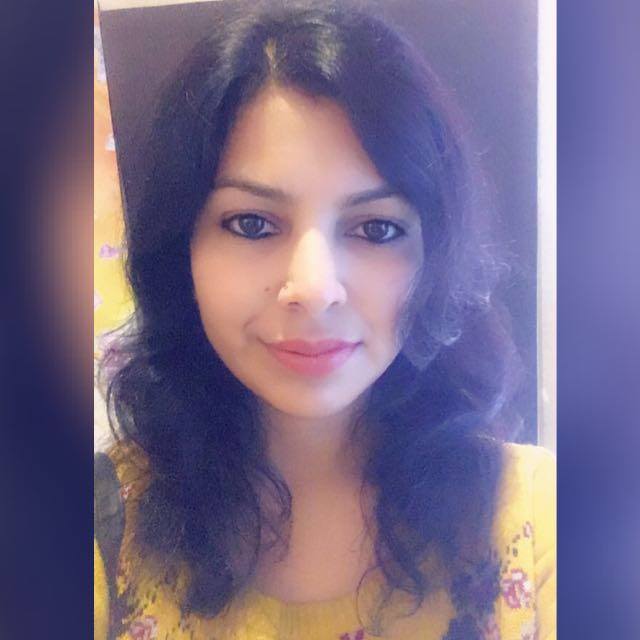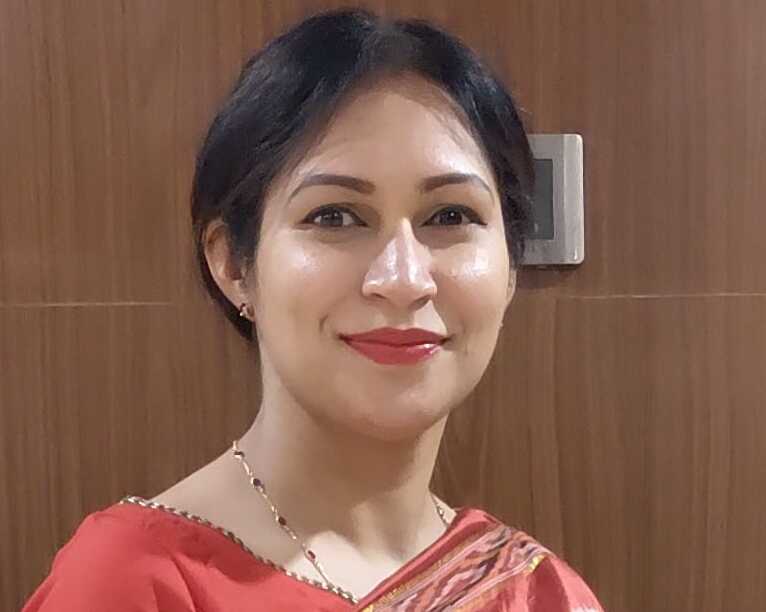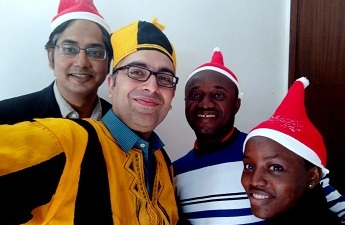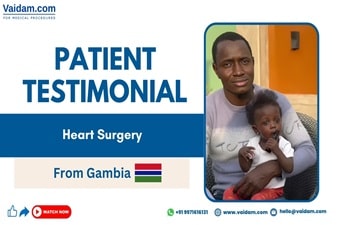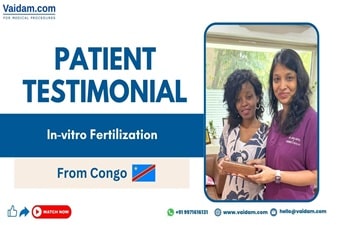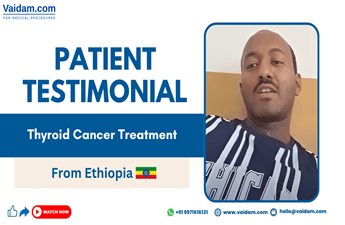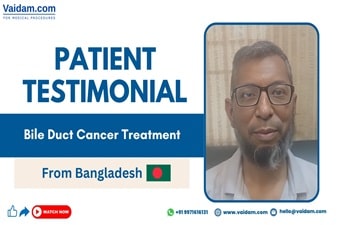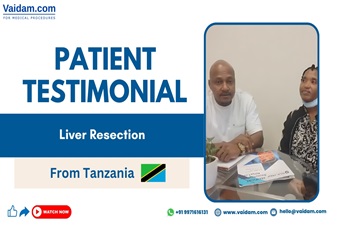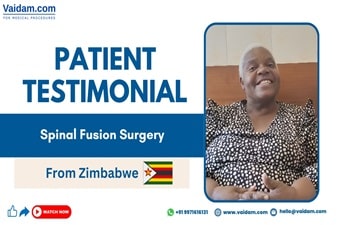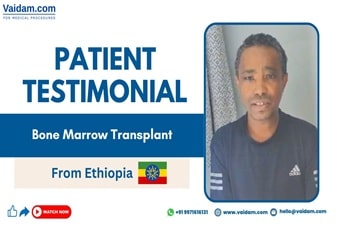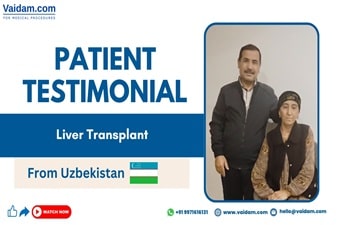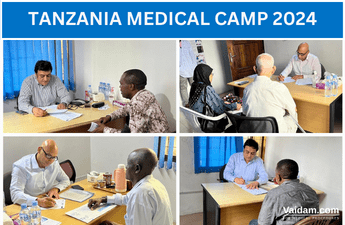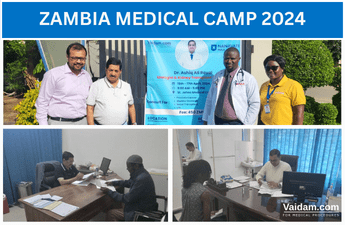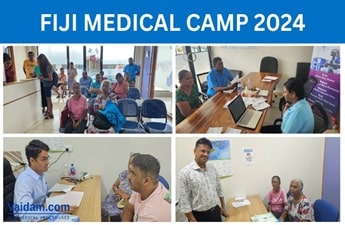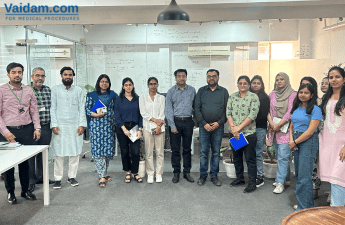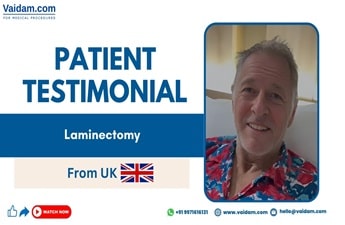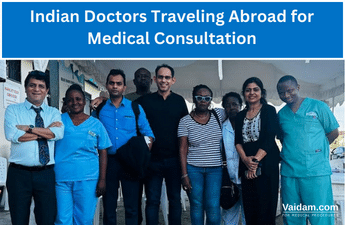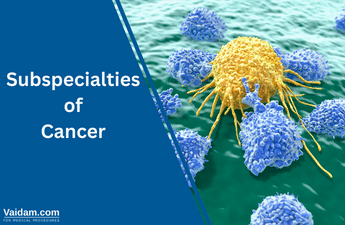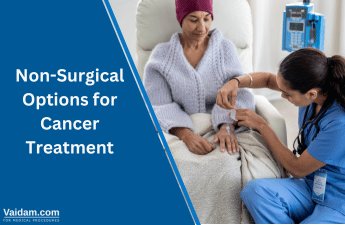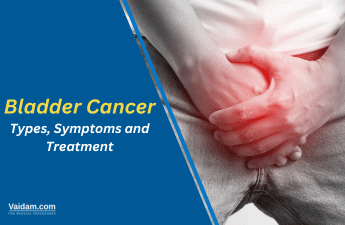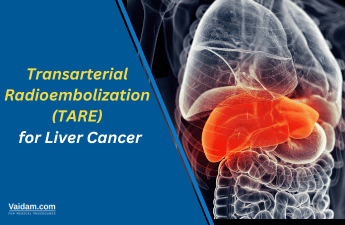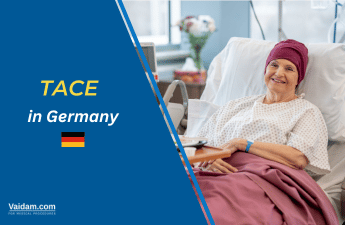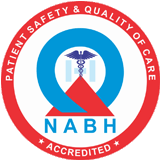Dr. Ashok Vaid, Padma Shri, is the best pediatric hematologist and medical oncologist in the country. Currently, the Chairman of Medical and Hemato Oncology, Cancer Institute, Medanta, Gurugram, Dr. Ashok Vaid holds the distinction of performing the first 25 bone marrow transplants in a private hospital in North India. He treats leukemias, lymphomas, solid tumors, and organ-specific cancers.
After completing his MBBS and MD from Govt. Medical College, Jammu, Dr. Ashok Vaid earned his DM in Medical Oncology from Dr. MGR Medical University, Chennai. Before Medanta, Dr. Ashok Vaid was the Head of the Department of Medical Oncology, Artemis Health Institute, Gurugram. He was the recipient of the prestigious Chikitsa Shiromani Award, 2007.
Dr. Ashok Vaid is a member of medical organizations including the Breast Cancer Foundation of India, Indian Association of Gynaec Oncologists, Member of Indian Society of Medical & Pediatric Oncology (ISMPO), Indian Medical Association, Association of Physicians of India, American Society of Clinical Oncology, and many more.
Leukemia in Children
Leukemia is the cancer of the blood-producing cells including the bone marrow. The abnormal white blood cells travel through the blood vessels and multiply rapidly. The healthy cells in the body become a minority and the imbalance increases the chances of infection in the body.
Leukemia or blood cancer ranks as the most common form of cancer in children aged 2 - 14. There are different types of leukemias that affect children depending on which blood cells have mutated or how aggressive the cancer is. Most leukemias in children are treatable.
Symptoms of Leukemia in Children
Symptoms of fast-growing leukemias in children can appear early when the white blood cells increase drastically in number. Early diagnosis of leukemia improves the success rate of the treatment. Common symptoms of leukemia in children are:
-
Recurring Infections and Fevers
-
Enlarged Lymph Nodes
-
Anemia
-
Shortness of breath
-
Frequent nosebleeds
-
Bleeding gums or rashes
-
Easy bruising
-
Swelling in the abdomen
-
Bone or Joint pain
-
Loss of appetite
-
Coughing
-
Headaches
-
Vomiting
-
Seizure
-
Swelling in the face, neck, and arms
Treatment of Leukemia in Children
The treatment of leukemia in children depends on the type of leukemia and other factors such as age at diagnosis, gender, the initial white blood cell count, etc.
-
Chemotherapy:
-
It is the main treatment for leukemia in children. A single drug or a combination of anti-cancer drugs is administered through an IV line, taken orally, or injected into the muscle.
-
Chemotherapy is done in cycles, with each cycle followed by a period of rest.
-
For acute myeloid leukemias, higher doses of chemotherapy are administered over shorter periods usually in a few months.
-
For acute lymphocytic leukemias, lower doses of chemotherapy are administered over longer periods usually over two years or more.
-
-
Bone Marrow/Stem Cell Transplant
-
After chemotherapy destroys the bone marrow and the cancer cells in it, brand new stem cells from a donor can be transplanted into the bone marrow to restore the formation of blood cells.
-
The donor bone marrow cells can be from a sibling, twin (related and tissue match), or a baby’s umbilical cord blood rich in stem cells (unrelated match).
-
A bone marrow transplant allows higher doses of chemotherapy to be given to the child than what he or she could otherwise tolerate.
-
A bone marrow transplant or a stem cell transplant may improve the chances for cure.
-
-
Radiation Therapy
-
Radiation therapy refers to the treatment where high-energy radiation is used to destroy cancer cells.
-
It is not a preferred treatment option for childhood leukemia but can prove to be useful before a bone marrow transplant.
-
It may be used to prevent the spread of leukemia to other organs of the body.
-
-
Targeted Therapy Drugs
-
These are new medicines that target a specific region of the cancer cells. For example, some drugs are designed to control chromosomal gene mutation in cancer cells and slow their growth.
-
It is early to say if these medicines can cure childhood leukemia but have proven to slow down and control the progress of the disease for long periods.
-
The targeted therapy drugs can be used along with chemotherapy or may be used instead of chemotherapy.
-
Conclusion
The survival rate for childhood leukemia has improved over the years. Technological advancement and medical research have minimized the side effects of the treatment of childhood leukemia and ensuring quality of life.

